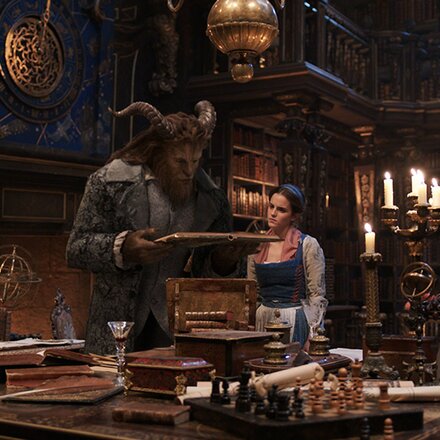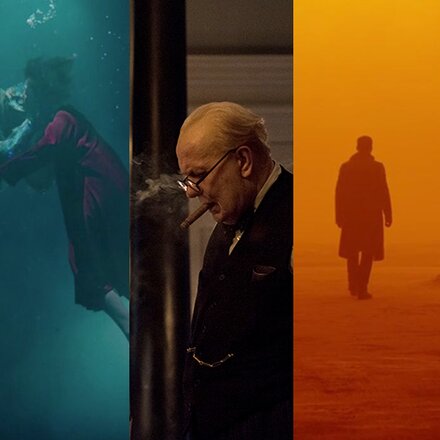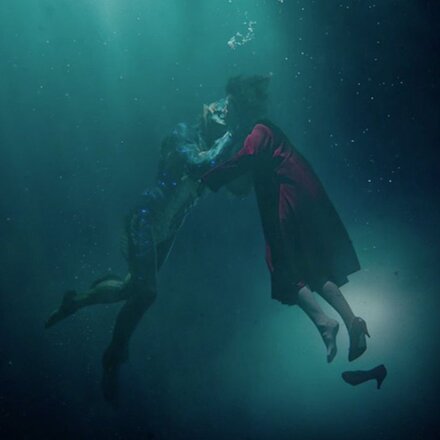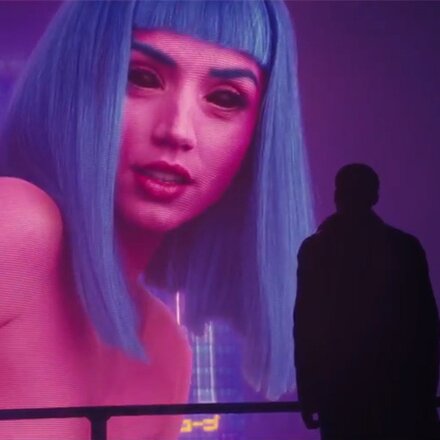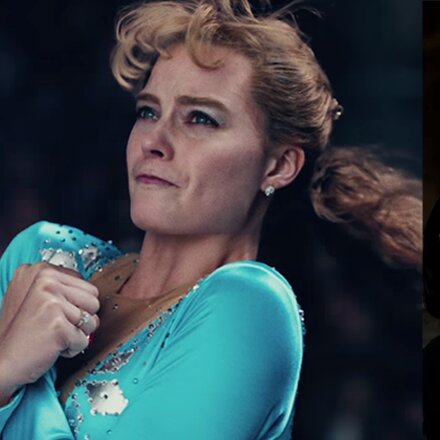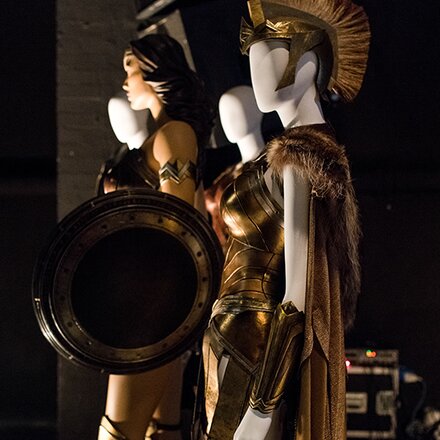Being asked to choose a favourite film to talk about design is pretty impossible. Within five minutes I’d come up with about 20 different films. They range from Kubrick’s Barry Lyndon which has a really beautiful palette, and 2001: A Space Odyssey, to Visconti’s The Leopard and David Lean’s Great Expectations.
But I’ve settled on Black Narcissus which combines location and set-build as an example of the work of production design.
Designing for film begins with a script and the director’s first thoughts. From initial sketches one builds the ideas which become characters in their own right as a background accomplice to the players. From sketches, one produces models and from these, the process of building begins.
The first time I saw Black Narcissus was in the open air when I was seven on board a ship crossing the Pacific on my way back to England and a new school. It had left a strong impression on me, and when I saw it again in my twenties, I remembered it and I really fell in love with it, and subsequently all the Archers’ films by Michael Powell and Emeric Pressburger.
It is a beautifully designed film, exquisite in its set design, cinematography and costumes. Designed by Alfred Junge, his eighth collaboration with Powell and Pressburger for which he won the Oscar for creating the Palace of Mopu and the Himalayas in the Home Counties. It was made in 1947, the year of India’s independence from the British crown, and chronicles a group of nuns given the Palace of Mopu by the old general to house a convent, but originally built as a house of women: the general’s concubines.
The design is brilliant, thoughtful and enveloping, pitching the stark white robes of the nuns against erotic wall paintings. The film is about contrast. Sister Clodagh is both Ireland and India, tutee and temptation, light and shadows, east and west, and Alfred Junge delivers a memorable setting. He employs several scales and mediums to do this, and shows us in one film many different disciplines and techniques.
The first time we see the palace, Junge uses a model that establishes the location of the convent. Models are often used as a cost-effective way of building sets, but Junge also gives us a life-size set of part of the palace, surrounded by huge cycloramas of painted mountains. The film was shot at Pinewood, apart from the hillside gardens for which they used the arboretum of an old retired colonial army officer, at Leonardslea in West Sussex.
"The glass painting technique involved hanging a sheet of glass between the camera and the scene, and painting in the view you needed."
Location and studio builds are often combined in film to create the world you’re watching. One of the most fascinating things about Black Narcissus, is the use of glass painting. This is a technique no longer used today, since the development of computer generated images. It involved hanging a sheet of glass between the camera and the scene, and painting in the view you needed. Here we see it to show the bell at the edge of the cliff, and the drop into the forest below. It appears to be hundreds of feet high but in fact, Sister Clodagh, played by Deborah Kerr, is only about ten feet from the ground. There are several of these glass paintings in the film, each painted in situ, often over several days without moving it or the camera.
One other glorious trick of the panoramas of the mountains. These painted backdrops were built at an angle so they could be lit by the sun. The colouring is particularly sensitive, shot in Technicolor by the legendary Jack Cardiff who also won an Oscar for this film. It starts with a simple palette, the nuns’ white robes shine against blue walls and skies. The exuberance of the little general’s costumes a contrast against the purity of the sisters’ robes, which constantly seem to be moving, folds and ripples of fabric buffeted by the wind, even inside the palace rooms, they have a really beautiful fluidity.
The palette starts to change as Sister Ruth starts to go off the rails. A copper pink light is thrown onto the walls through grills and windows and the scene of Sister Ruth applying red lipstick holding a vivid red compact, is spellbinding.
Michael Powell employs the colour red in startling ways in many of his films. The flashing light at the beginning of A Matter Of Life And Death comes to mind, but this is one of my favourite uses of red, in this film.
Black Narcissus is a film I have watched many, many times and I never tire of it. I think one of my favourite moments is the scene with the birdcage. This fragile delicate palace for birds is only seen once, but worth the time and money.
I hope you will enjoy it as much as I do. For me, it is exceptional. Thank you very much.
Production Designer Michael Howells (Shackleton, Nanny McPhee), 19 March 2011.
Also in this topic
- ‹ previous
- 3 of 5
- next ›

